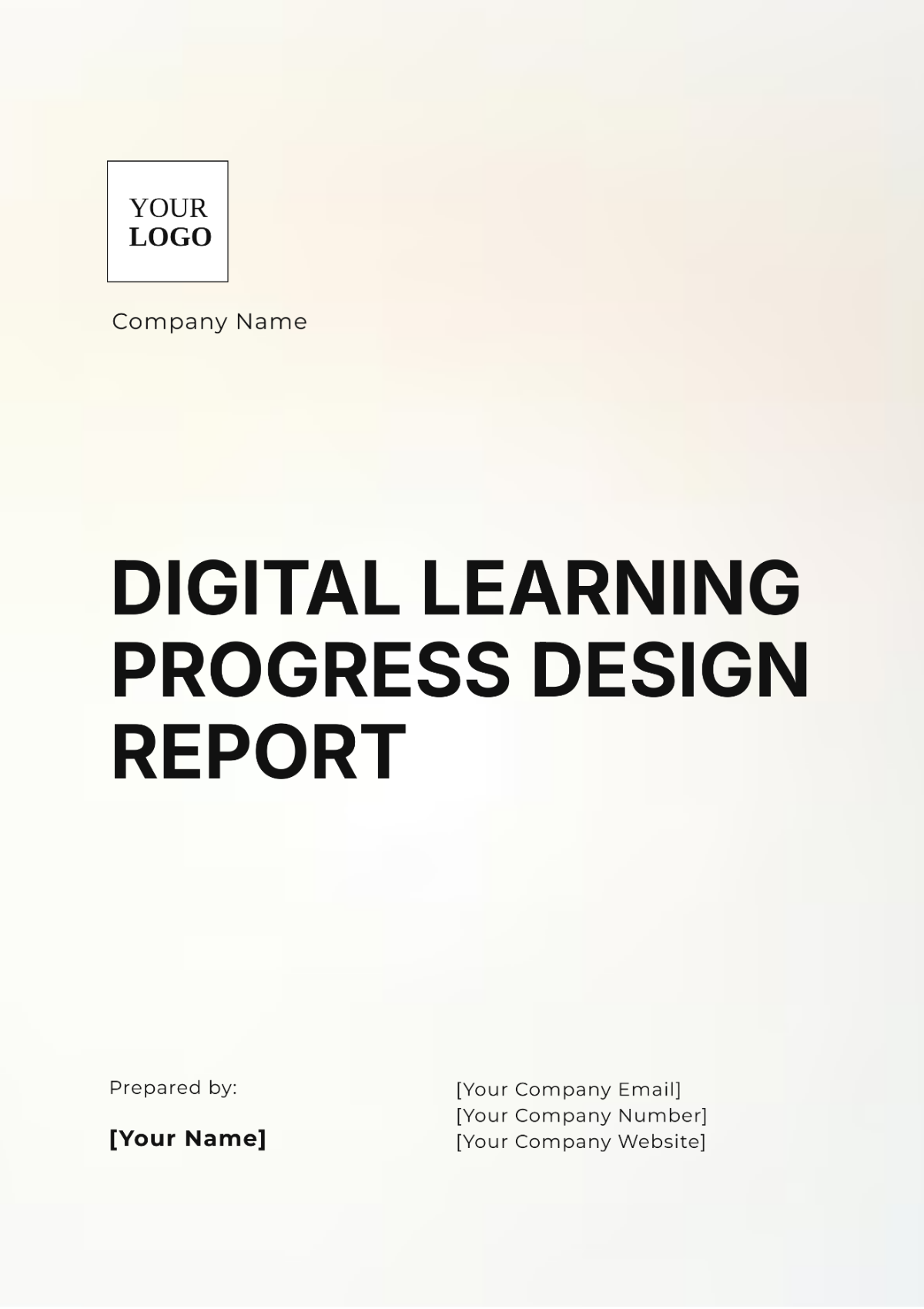Free Student Registration System Project Report Template
Student Registration System Project Report
I. Executive Summary
The Student Registration System Project aims to revolutionize the traditional student registration process by introducing an advanced, user-friendly, and efficient system. Through the integration of cutting-edge technology, the project endeavors to streamline administrative tasks, enhance data accuracy, and improve accessibility for both students and staff members.
II. Introduction
In response to the growing demand for modernization within educational institutions, [YOUR COMPANY NAME] has undertaken the initiative to develop a state-of-the-art Student Registration System. This system represents a pivotal step towards digital transformation, aligning with the company's commitment to innovation and excellence.
III. Objectives
The primary objectives of the Student Registration System Project are multifaceted:
Automation of Registration Process: The project aims to eliminate manual paperwork and repetitive administrative tasks associated with student registration, thereby reducing processing times and minimizing errors.
Enhanced Data Integrity: By transitioning to a digital platform, the system seeks to improve the accuracy and reliability of student records, ensuring the integrity of registration information.
Improved Accessibility: Through the implementation of web-based interfaces, students will have the flexibility to register for courses and access their academic records conveniently from any location with internet connectivity.
Efficiency Optimization: The system endeavors to optimize the efficiency of administrative operations related to registration, enrollment management, and course scheduling, thereby enhancing overall productivity.
IV. Scope
The scope of the Student Registration System Project encompasses various key components:
User Registration and Authentication: Development of robust authentication mechanisms to ensure secure access for students, faculty, and administrative personnel.
Course Registration Interface: Creation of intuitive user interfaces enabling students to browse available courses, select desired classes, and complete registration processes seamlessly.
Administrative Dashboard: Implementation of a centralized dashboard for administrators to monitor registration activities, manage course offerings, and analyze enrollment data.
Integration with Existing Systems: Seamless integration with pre-existing student information systems and databases to facilitate data exchange and interoperability.
Reporting and Analytics: Incorporation of comprehensive reporting tools to generate insights into registration trends, enrollment statistics, and student demographics.
V. Methodology
The Student Registration System Project will adopt an iterative and incremental development methodology to ensure agility and adaptability throughout the project lifecycle:
Requirement Analysis: Collaborative engagement with stakeholders to elicit, prioritize, and validate system requirements, ensuring alignment with organizational objectives.
Design Phase: Iterative creation of system architecture, database schemas, and user interface prototypes, guided by user feedback and usability testing.
Implementation and Testing: Concurrent development and testing activities to iteratively build and validate system components, ensuring adherence to quality standards and functional specifications.
Deployment and Training: Seamless deployment of the system into production environments, accompanied by comprehensive training sessions to empower users with the requisite knowledge and skills.
Maintenance and Continuous Improvement: Ongoing support and maintenance to address user feedback, resolve issues, and implement enhancements, thereby ensuring the long-term sustainability and evolution of the system.
VI. Architecture
The Student Registration System will adopt a scalable and modular architecture, comprising:
Frontend: Utilization of modern web technologies such as HTML5, CSS3, and JavaScript frameworks (e.g., React.js) to deliver intuitive and responsive user interfaces.
Backend: Implementation of a robust backend infrastructure using Node.js and Express.js, coupled with MongoDB as the preferred database solution for data storage and retrieval.
Authentication Mechanisms: Integration of industry-standard authentication protocols such as JSON Web Tokens (JWT) and OAuth 2.0 to ensure secure user authentication and authorization.
Cloud Hosting and Scalability: Leveraging the [YOUR COMPANY NAME] Cloud Platform to host the system infrastructure, enabling scalability, reliability, and seamless performance optimization.
VII. Implementation Details
The implementation of the Student Registration System will entail meticulous attention to detail and adherence to best practices in software engineering. Specific technologies and tools to be utilized include:
Frontend: HTML5, CSS3, JavaScript (ES6+), React.js, Redux for state management, Material-UI for UI components.
Backend: Node.js, Express.js, MongoDB for data persistence, Mongoose ORM for database interaction, Passport.js for authentication.
Integration: Development of RESTful APIs for seamless integration with existing systems and third-party services, ensuring interoperability and data consistency.
Testing: Adoption of test-driven development (TDD) principles, leveraging frameworks such as Jest and Enzyme for unit testing and integration testing.
Deployment: Deployment of the system using containerization technologies such as Docker, with orchestration managed via Kubernetes for scalability and resilience.
Continuous Integration and Deployment (CI/CD): Implementation of automated CI/CD pipelines using tools like Jenkins or GitLab CI/CD to streamline development workflows and ensure rapid, reliable deployments.
VIII. Conclusion
In conclusion, the Student Registration System Project represents a transformative endeavor aimed at modernizing and optimizing the student registration experience within educational institutions. By embracing innovation, leveraging advanced technologies, and prioritizing user-centric design principles, [YOUR COMPANY NAME] endeavors to deliver a solution that not only meets but exceeds the expectations of stakeholders.

















































